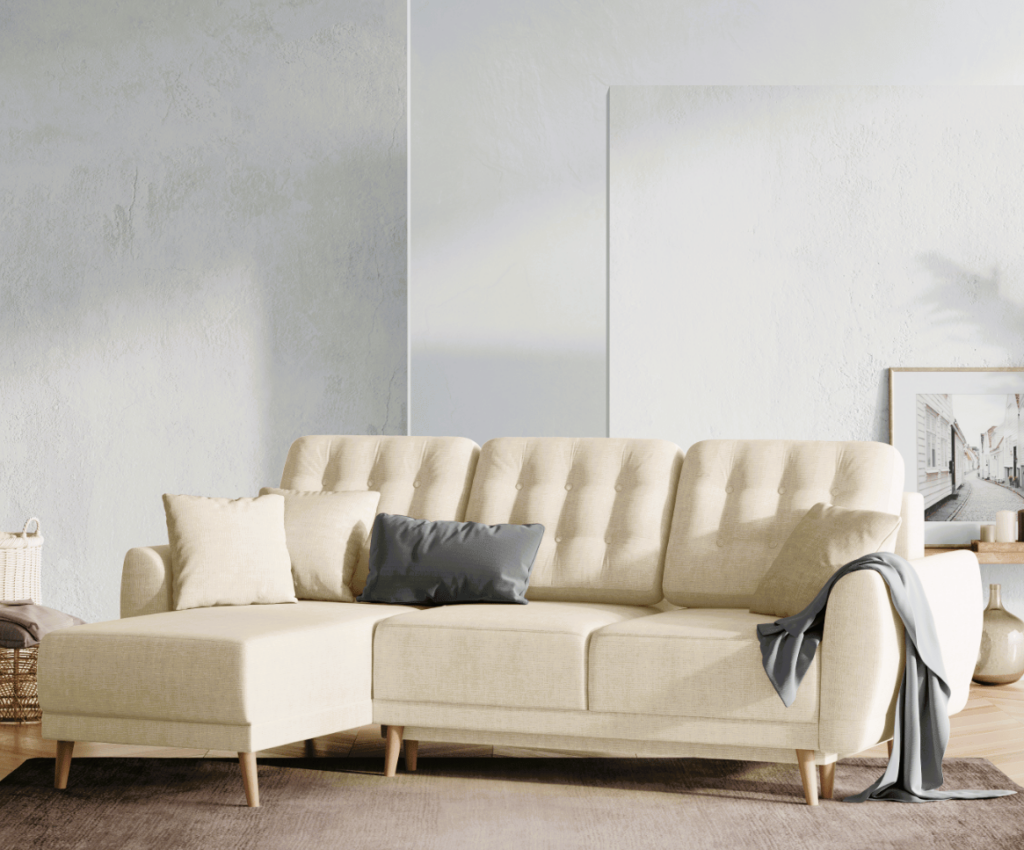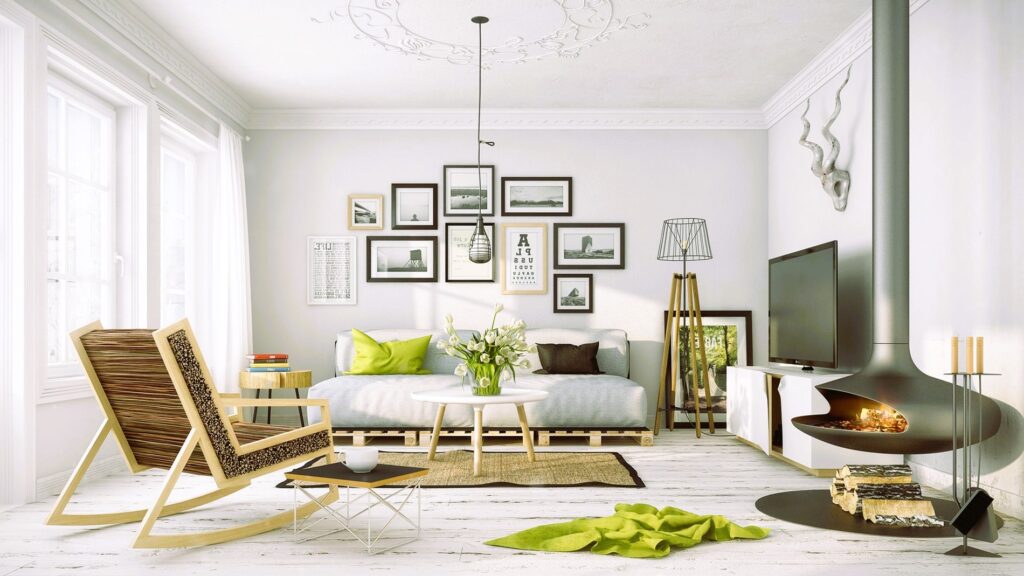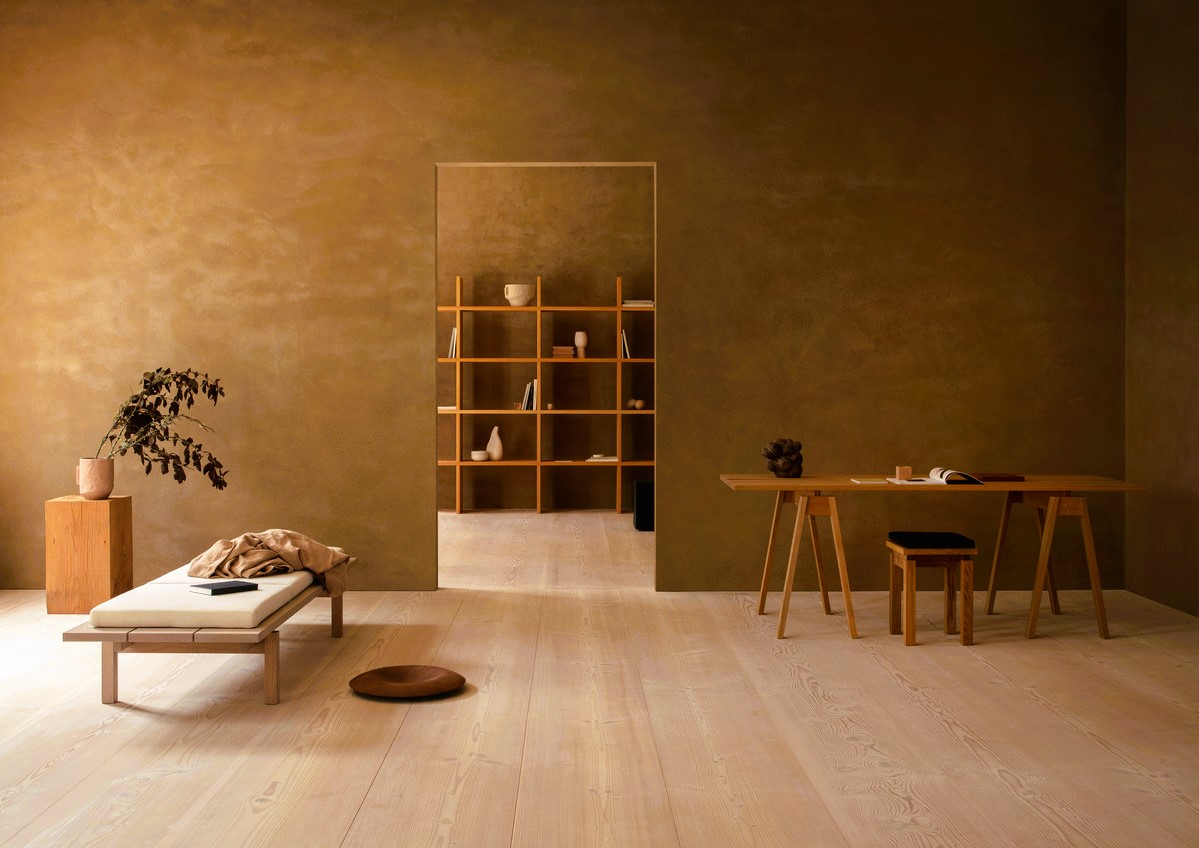Exploring Scandinavian Design: Minimalism in Furniture
Scandinavian design has captivated the world with its timeless elegance, functionality, and emphasis on minimalism. It’s a design philosophy that has left an indelible mark on the world of furniture and interior decor. In this exploration of Scandinavian design, we delve into the principles, history, and enduring appeal of this influential style, especially in the realm of furniture.
The Essence of Scandinavian Design
At its core, Scandinavian design embodies simplicity, functionality, and a deep connection to nature. It emerged in the early 20th century as a response to the ornate and elaborate design trends of the time. Scandinavian designers sought to create pieces that were not only aesthetically pleasing but also practical for everyday use.
Key Principles of Scandinavian Design

- Minimalism: Perhaps the most prominent aspect of Scandinavian design is minimalism. It emphasizes the “less is more” philosophy, where every element in a room serves a purpose without unnecessary embellishments.
- Clean Lines: Scandinavian furniture is characterized by clean, straight lines that create a sense of simplicity and order. These lines contribute to the timeless and uncluttered look of the design.
- Natural Materials: Wood is a dominant material in Scandinavian design, and it’s often left in its natural state or lightly finished to showcase its beauty. Other natural materials like leather, wool, and stone are also frequently used.
- Neutral Color Palette: A neutral color palette consisting of whites, grays, blacks, and soft earth tones is prevalent in Scandinavian interiors. These colors create a sense of calm and serenity.
- Functionality: Scandinavian design places a strong emphasis on functionality. Furniture is designed to be practical and user-friendly while maintaining an elegant and unobtrusive appearance.
- Warmth and Coziness: Despite its minimalist tendencies, Scandinavian design also prioritizes creating warm and cozy spaces. This is achieved through the use of soft textures, warm lighting, and comfortable furnishings. Choosing eco-friendly furniture, what should you know?
The History of Scandinavian Design
Scandinavian design gained international recognition in the mid-20th century when it was showcased at various design exhibitions and embraced by designers worldwide. It was during this time that iconic Scandinavian furniture pieces, such as Arne Jacobsen’s Egg Chair and Hans Wegner’s Wishbone Chair, became celebrated staples of modern design.
Scandinavian Furniture Classics
- The Egg Chair: Designed by Arne Jacobsen in 1958, the Egg Chair is an iconic piece known for its curvaceous and cocoon-like form. It provides both comfort and a sense of privacy.
- The Wishbone Chair: Created by Hans Wegner in 1949, the Wishbone Chair is admired for its sculptural yet understated design. It features a distinctive Y-shaped backrest and is a testament to Wegner’s craftsmanship.
- The Eames Lounge Chair: While not originally Scandinavian, the Eames Lounge Chair and Ottoman designed by Charles and Ray Eames in 1956 have had a significant influence on Scandinavian design aesthetics. Its combination of molded plywood, leather upholstery, and ergonomic design embodies many Scandinavian design principles.
The Enduring Appeal of Scandinavian Design

Scandinavian design’s enduring appeal lies in its ability to create harmonious and welcoming spaces that stand the test of time. Its emphasis on simplicity and functionality makes it well-suited to modern living where clutter-free environments and practicality are highly valued.
Incorporating Scandinavian Design into Your Home
If you’re drawn to the elegance and functionality of Scandinavian design, here are some tips for incorporating it into your home:
- Choose Quality Over Quantity: Invest in a few high-quality pieces that reflect the essence of Scandinavian design rather than filling your space with numerous items.
- Embrace Natural Light: Maximize natural light in your home by using sheer curtains or blinds that allow sunlight to filter through.
- Add Textural Elements: Incorporate soft and tactile textures through rugs, throws, and cushions to create a cozy atmosphere.
- Declutter: Keep your space uncluttered by only displaying items that hold personal significance or have functional value.
- Use Neutral Colors: Stick to a neutral color palette with occasional accents of muted colors for a soothing and balanced look.
For more information on furniture standards and regulations in Canada, you can visit the official website of Canada.ca. Understanding safety and quality standards is essential when selecting furniture, including pieces inspired by Scandinavian design.
In conclusion, Scandinavian design continues to be celebrated for its ability to create beautiful, functional, and timeless living spaces. Its minimalist principles, emphasis on natural materials, and commitment to functionality have left an indelible mark on the world of furniture, inspiring designers and homeowners alike to create spaces that are both aesthetically pleasing and highly practical.

